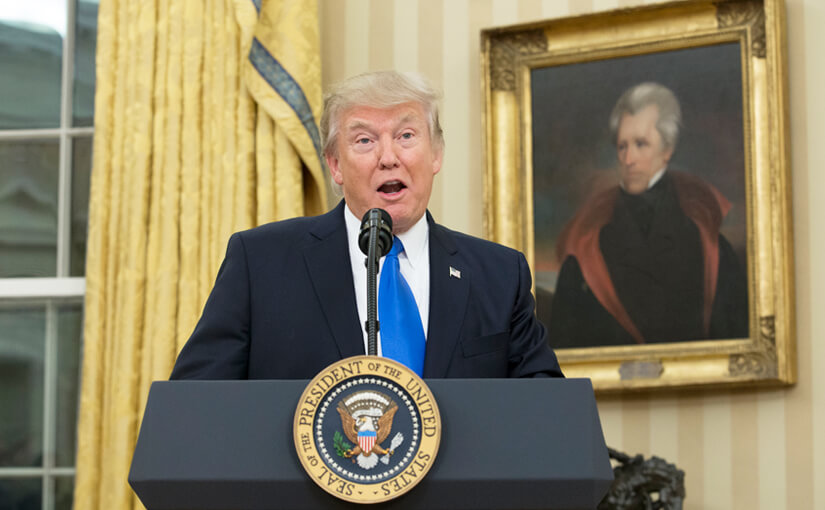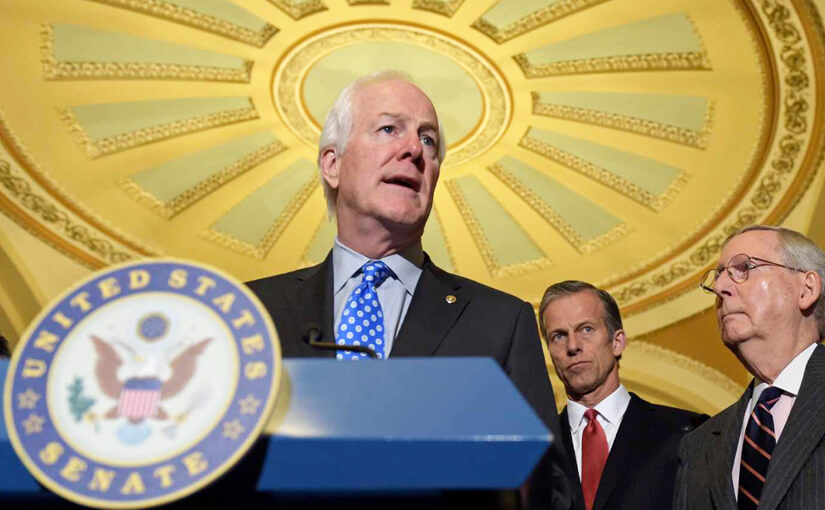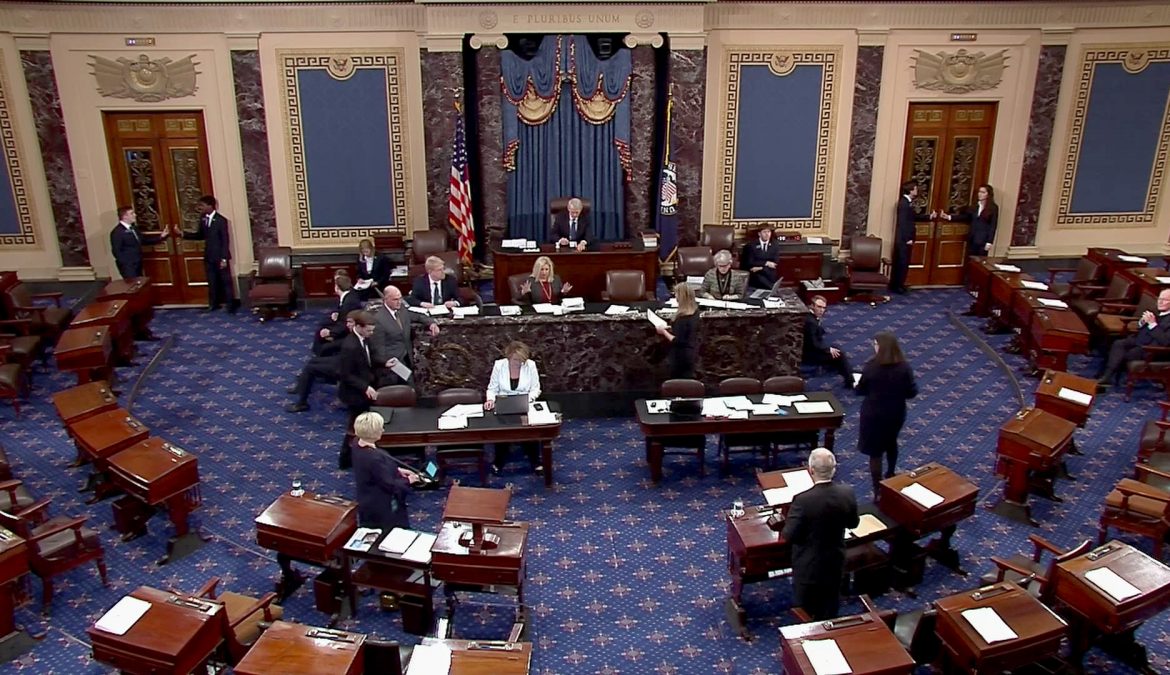- November
The Constitution did not set a national election day.
In the past, elections for federal office took place on different days in different states.
In 1845, Congress passed legislation to designate a single day for all Americans to vote. It made Election Day the Tuesday after the first Monday in November. Congress chose November because the United States was mostly rural.
By November, farmers had completed their harvests and were available to vote. Another reason for this date was the weather.
People were able to travel because it was not yet winter. They chose Tuesday for Election Day so that voters had a full day after Sunday to travel to the polls.
* If you are 65 or older and have been a permanent resident of the United States for 20 or more years, you may study just the questions marked with an asterisk.











